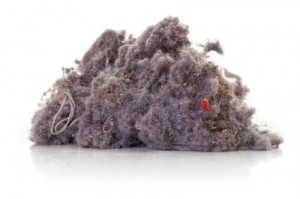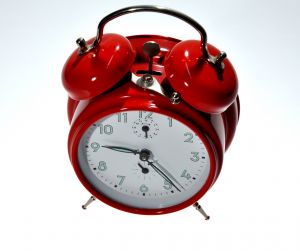 Dust is a combination of pollen, plant and mold spores, pet dander, human skin, lint, bacteria, and other contaminants. While any of these can affect breathing and allergies, dust mites can be a particular problem.
Dust is a combination of pollen, plant and mold spores, pet dander, human skin, lint, bacteria, and other contaminants. While any of these can affect breathing and allergies, dust mites can be a particular problem.
What is a Dust Mite?
Dust mites are tiny insects that are invisible to the naked eye that feed on human skin flakes. Dust mites thrive in stable environments like indoor dwellings and can survive in almost any temperature at almost any altitude. In other words, dust mites are in every home that has dust.
Why are Dust Mites Dangerous?
Dust mites can negatively affect human health because they are a common trigger for allergies and asthma. Body parts and feces from dust mites can trigger asthma in individuals with allergic reactions to dust mites, and exposure to dust mites can cause asthma in children who have not previously exhibited asthma symptoms.
How to Control Dust Mites
While you cannot eliminate dust mites, the easiest way to limit the amount of dust mites in your home is to limit the amount of dust in your home.
- Wash bedding and pillows in frequently as dust mites thrive in these areas where skin flakes collect. If necessary, mattresses and pillows can be covered in allergen-impermeable covers.
- Avoid furry and feathered pets as they contribute to the food sources for dust mites. If you cannot part with your pet, prevent them from occupying your sleeping area.
- Vacuum fabric furniture and carpet with vacuum cleaner equipped with a high efficient vacuum filter.
- If you have children, choose washable stuffed toys, and keep stuffed toys off the bed.
- Dust all surfaces weekly. Do not scatter dust, use a damp cloth when dusting.
- Maintain a low relative humidity; the ideal relative humidity in a home is between 30-50%.
- Have the air ducts cleaned. Ventilation systems require routine maintenance to prevent dust from being re-circulated throughout the home.
- In rare instances, chemicals may be recommended to eradicate dust mites, if this is necessary speak to a professional.


 While you will never be able to completely rid your home of dust. Here are 10 great tips to reduce the amount of dust and other allergy-aggravating particles from your home.
While you will never be able to completely rid your home of dust. Here are 10 great tips to reduce the amount of dust and other allergy-aggravating particles from your home. You may have heard about having your air ducts cleaned, but how do you know if you need to? Here are a few tips to help you decide if the time is right for you to clean you air ducts.
You may have heard about having your air ducts cleaned, but how do you know if you need to? Here are a few tips to help you decide if the time is right for you to clean you air ducts.